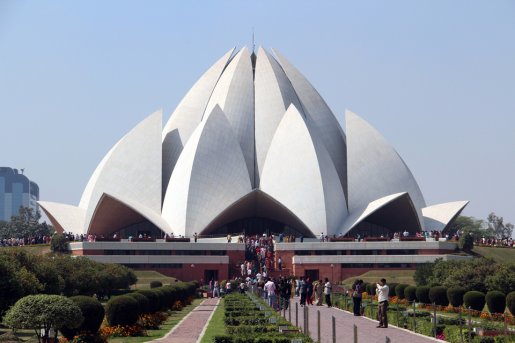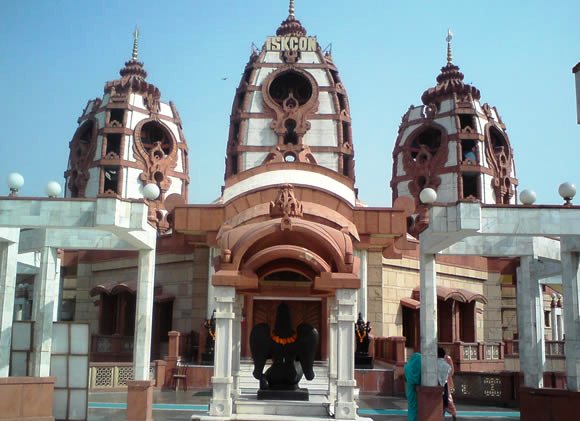Indian Religion and Temples


As part of India Week, seasoned traveller Aryan Stanley takes a light hearted look at India and describes his experiences of the religion, spirituality and temples of the country.
"India is a big place. It is a vast nation full of history and culture, a heavily populated mass of Asia teeming with over 1.2 billion people from all walks of life, whose sprawling land is alive with sights, noises, tastes, and smells (some less agreeable than others). It is a chunk of Earth wholly distinct from the small islands of the United Kingdom, despite their past colonial relationship.
Though despite the few thousand kilometres between us and this ancient land, the people of Britain have far more contact with India than might be expected. Even ignoring the fact that Chicken Tikka Masala has now been branded "Britain's National Dish", the advent of the Off-shore Call Centre has meant that the vast majority of Britons are now in constant - if not frustrating - contact with our Indian cousins. Unfortunately, this telephonic portal into the world of misunderstanding and poorly-crafted script reading is often not the best introduction one can have into the Indian subcontinent, and tends to leave a somewhat bitter aftertaste- one I am glad to say is far removed from any of the wonderful experiences I have had in India myself.
Religion and Spirituality
One of the elements that makes India such a truly amazing place is its richness in religious openness and variety. We may not be strangers to the idea of religious diversity here in Britain, particularly not in a city as cosmopolitan as London, but its presentation in India seems to have a spark of life and energy perhaps lacking in modern British society.

Religion and spirituality are not taboo in India; they are not concepts solely reserved for fanatics and hippies. They are interwoven into the culture and lifestyle, without impeding or distracting from daily routine. The Tilaka (similar to the Bindi spot) is sported proudly by men, women, and youths alike, a distinguishing feature of mainstream Indian attire. Temples, Mosques, Churches, and other Houses of Worship are alive with followers of their respective Faiths, each having their own unique styles of prayer and meditation.
The ISKCON (International Society for Krishna Consciousness) Temple (directly above) in New Dehli is a fantastic light show, adorned with idols and decorations, its small prayer halls echoing with the continuous sounds of the Hare Krishna Mantra. A stark contrast to its neighbour across the park, the Baha'i House of Worship (known as the "Lotus Temple" due to its unique shape- as seen above top), a beautifully simple and elegant prayer hall meant for quiet worship and meditation, with an outer structure so striking that it attracts locals and tourists in their thousands. Yet another example, the Jama Masjid Mosque in Old Delhi, is a magnificent building commissioned by the builder of the Taj Mahal, from which passers by can hear the chanting of devotees praying together in unison.
There is far more I could write, but sadly I am limited by both space and time. I have already reached my word limit, and now I have to call some bloke in Mumbai to fix my bloody broadband."









